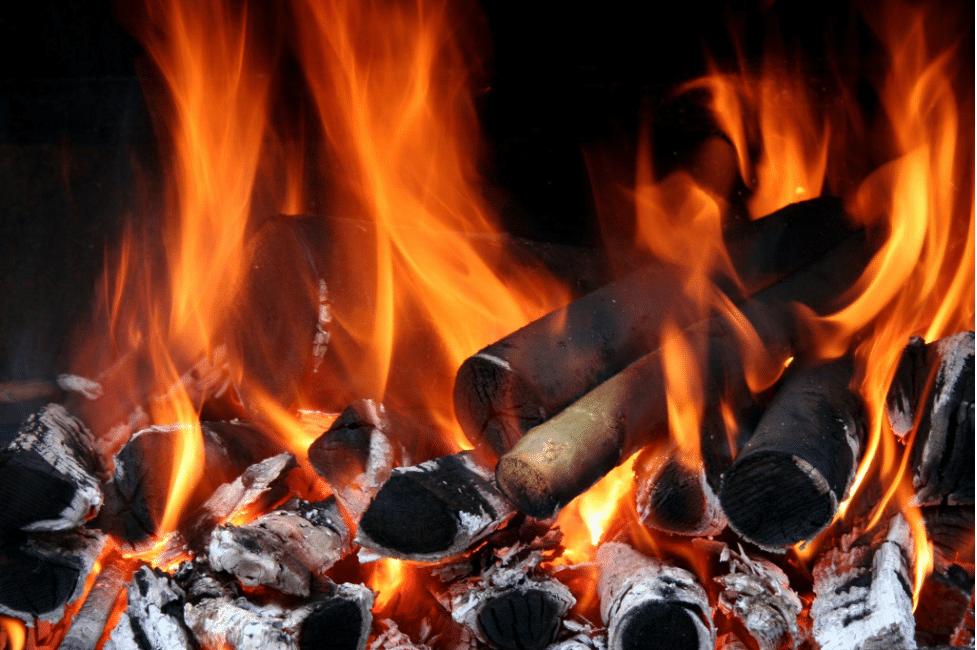Choosing the right firewood for building a cozy and efficient fire is essential. Different types of firewood have distinct characteristics that can affect burn quality, heat output, and overall experience.
Here below discussion will explore the various types of firewood and their characteristics to help you make an informed decision for your fireplace or wood-burning stove.
1. Hardwoods
Hardwoods are known for their dense composition, which allows them to burn longer and produce more heat compared to softwoods. Here are some popular hardwood options:
Oak: Oak is a reliable and widely available hardwood. It burns slowly and produces a high amount of heat, making it suitable for long-lasting fires.
Maple: Maple is a hardwood with good heat output and a pleasant aroma when burned. It ignites easily and produces long-lasting flames.
Ash: Ash is highly regarded for its excellent burning properties. It burns evenly, produces a steady heat output, and leaves behind minimal residue.
2. Softwoods
Softwoods are generally easier to ignite and produce a lively flame. While they may not burn as long as hardwoods, they can still be suitable for quick, warm fires. Here are some common softwood options:
Pine: Pine is a popular softwood due to its quick ignition and aromatic scent. It burns hot and fast, making it ideal for kindling or starting fires.
Cedar: Cedar is known for its pleasant aroma when burned. It ignites easily and quickly and generates enough amount of heat. However, it’s best used in combination with hardwoods for a longer-lasting fire.
Spruce: Spruce is another softwood that burns easily and produces a bright flame. It’s commonly used as a firestarter or as a complement to hardwoods.
3. Seasoned Firewood
Regardless of the type of wood you choose, it’s essential to use seasoned firewood. It is the wood that has been properly dried to minimize its moisture content. Seasoning firewood typically takes several months to a year, depending on the wood species. Here are the benefits of using seasoned firewood:
Improved Burn Efficiency: Seasoned firewood burns more efficiently and produces more heat compared to green or unseasoned wood.
Reduced Smoke and Creosote: Green wood contains higher moisture content, resulting in increased smoke and the potential for creosote buildup in your chimney. Seasoned firewood minimizes these issues.
Longer Burn Time: By using well-seasoned firewood, you can enjoy longer-lasting fires, as the wood burns more evenly and consistently.
4. Proper Storage:
To ensure the quality of your firewood, proper storage is crucial. Here are some tips for storing firewood effectively:
Keep it Covered: Store your firewood in a dry, well-ventilated area, preferably under a roof or in a woodshed. Cover the top of the stack to prevent it from rain, snow, and moisture.
Elevate the Wood: Place the firewood on pallets or racks to keep it off the ground. This allows for better airflow, preventing moisture buildup.
Allow for Air Circulation: Leave space between the logs to promote air circulation and speed up the drying process.
Rotate the Stack: If possible, rotate the firewood stack periodically so that the older wood gets used first.
Choosing the right firewood is essential for an enjoyable and efficient fire. Consider the type of wood, whether it’s hardwood or softwood, and ensure it’s properly seasoned with their Ready to Burn standard comparison. By following these tips and taking care of your firewood, you can create a warm and inviting atmosphere while maximizing the heat output and minimizing environmental impacts.

